Analysis of the trend of major diseases and insects in summer and autumn
Author:Agriculture and records Time:2022.08.02
According to July 25-26, the main diseases and insects of vegetables in the province will discuss the analysis of the major diseases and insects of vegetables in the province. It is expected that the overall segments of vegetable diseases and insects in summer and autumn will occur. Among them, insect pests are more important than disease, and insect pests are more important than last year.
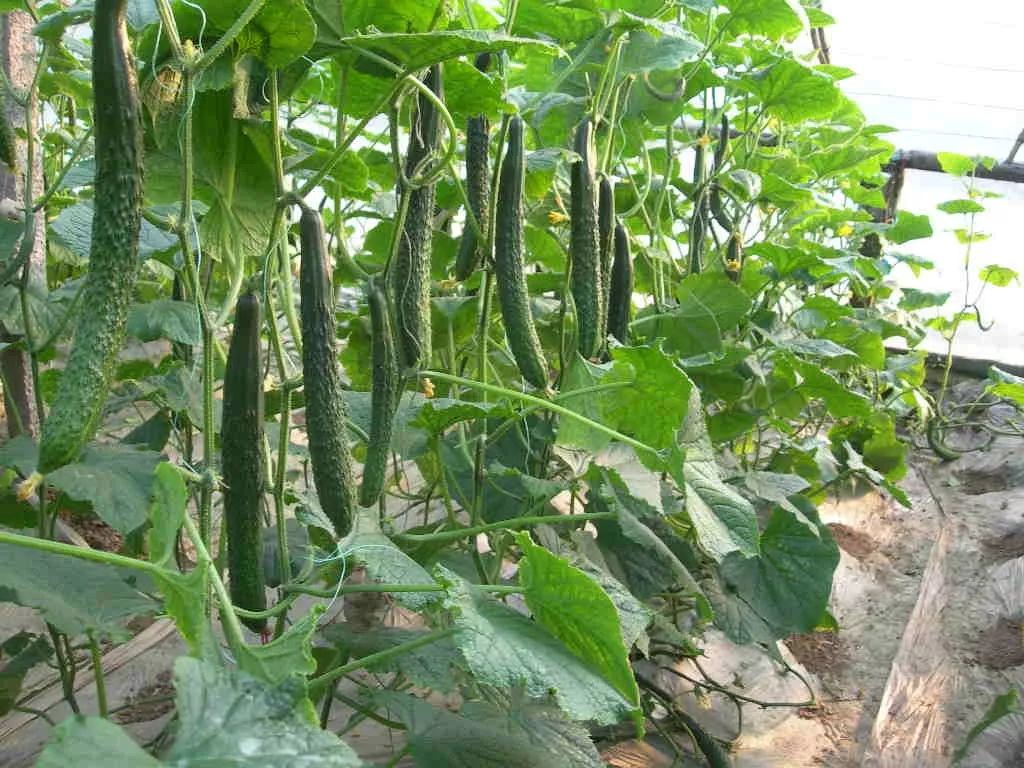
All localities should strengthen the monitoring and prediction of the main diseases and insects of vegetables, scientifically carry out service guidance, and actively promote green prevention and control technology to ensure the safe and green production of vegetables.
1. Forecast results
It is expected that the overall heavy weight of vegetable diseases and insects in summer and autumn will occur. Among them, beetye moths are heavy to occur; oblique night moths, smoke, trips, trips, aphids, and red spiders are medium to severe; frostmo and powder disease occurs medium.
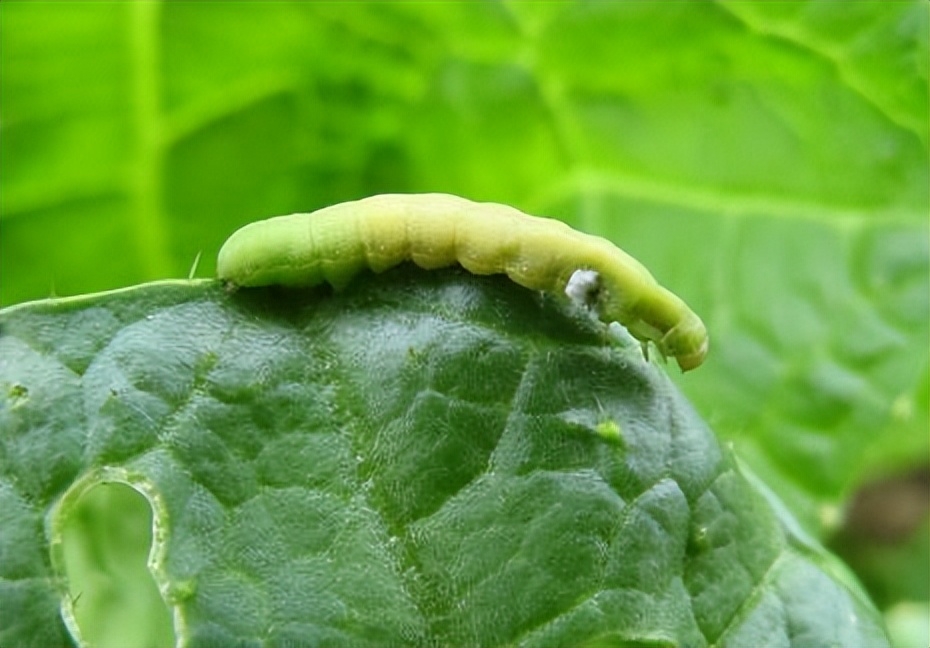
2. Forecast basis
(1) The base of diseases and insects
In the spring and summer of this year, vegetable diseases and insects occur in a medium -sightedness. Among them, the degree and residual insect volume of beet night moths are the highest year in recent years.
Beet Night Moth: Since the summer, the number of adults and lamps in various places is significantly higher than last year and perennial year. Fengxian's single potting has a total of 181 heads, 67%higher than the year, and the cumulative light seduces 2491 heads, 421%higher than usual; Zhangjiagang's single potting is 211 heads, 373%higher than usual, 490 heads, 875 higher than usual year, 875 higher than usual 875 than usual. %; Tongzhou's single pottors seduce 496 heads, 118%higher than usual, 390 lights, 295%higher than usual; 2020 in 145, 477 in 2021).

The amount of eggs in various vegetables and fields is significantly high. Changshu surveyed 60 cowpea hundreds of insects on July 20; Tongzhou surveyed the average of 4 pieces of 10 pieces of eggs in the evening cowpea on July 28, with an average 100 bugs of 28 heads, and 2.5 eggs of taro fields; Dafeng, July 21st The 38.9 heads of Doudou Dou Tian, all significantly higher than the previous year.
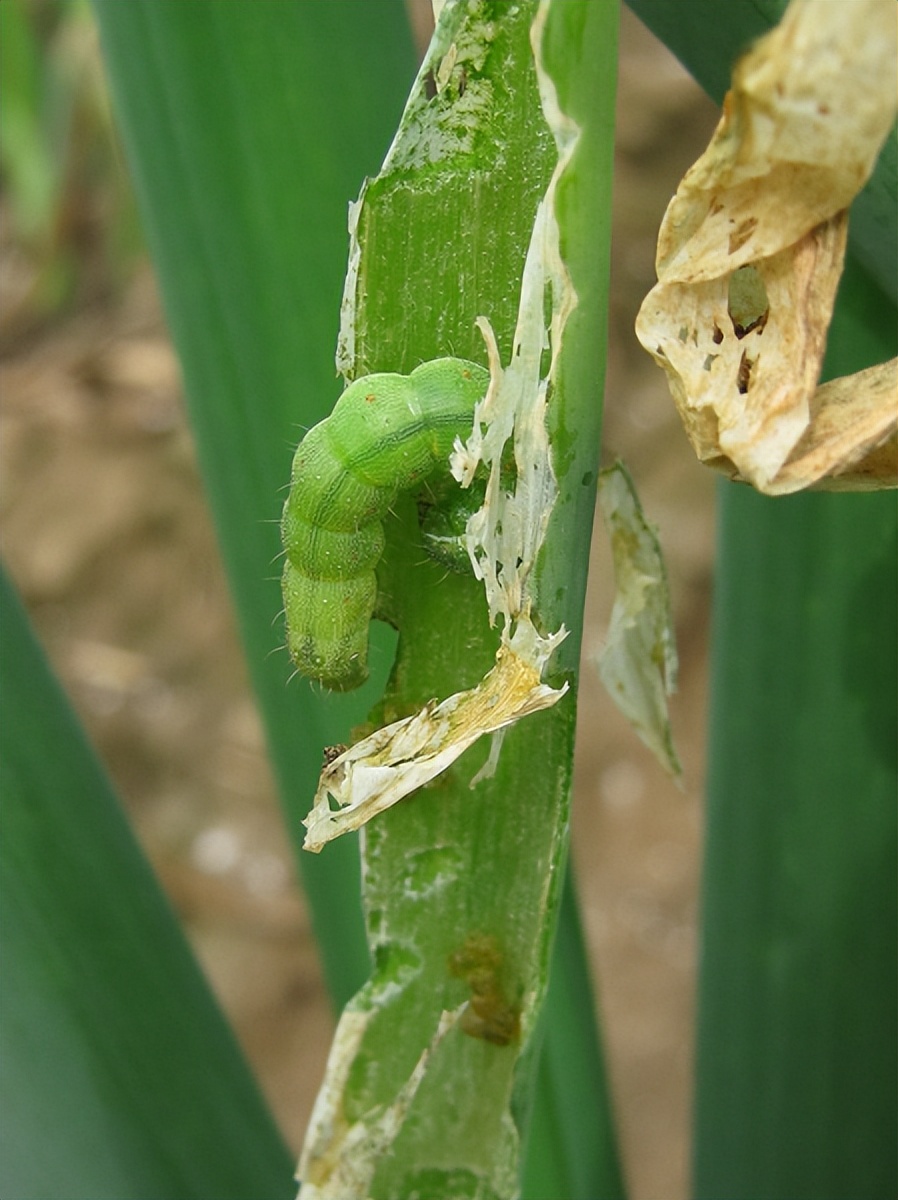
Slip -like night moth: Xinghua July 24th single -potted induction cumulative moth 673 heads, which is higher than the amount of moth in the same period of the previous two years (2021 645, 447 in 2020); A single basin 517, Funing 285 heads, and 36 Binhai, all higher than the previous year. Dongtai 181.3 heads were lower than last year. On July 21, Dafeng checked 15 Da Diandian, with a hundred insects of 25.33 heads.

Tobacco midfacch: On July 22, 410 cooked green pepper pepper, 533.6%year -on -year, 482 eggplant heads, an increase of 171.8%year -on -year; Tinghu green peppers were 102 heads, an increase of 600%year -on -year, 115 eggplant heads, an increase of 145%year -on -year, tomato 33 heads, an increase of 1444%; Tongshan tomato crosses of 140 heads, an increase of 11%; 550 eggplant heads, an increase of 7897%; Dongtai Xia (autumn) pepper pastel peconga 98.3 heads, which was 3 times the same period last year, 500 eggplant louver.
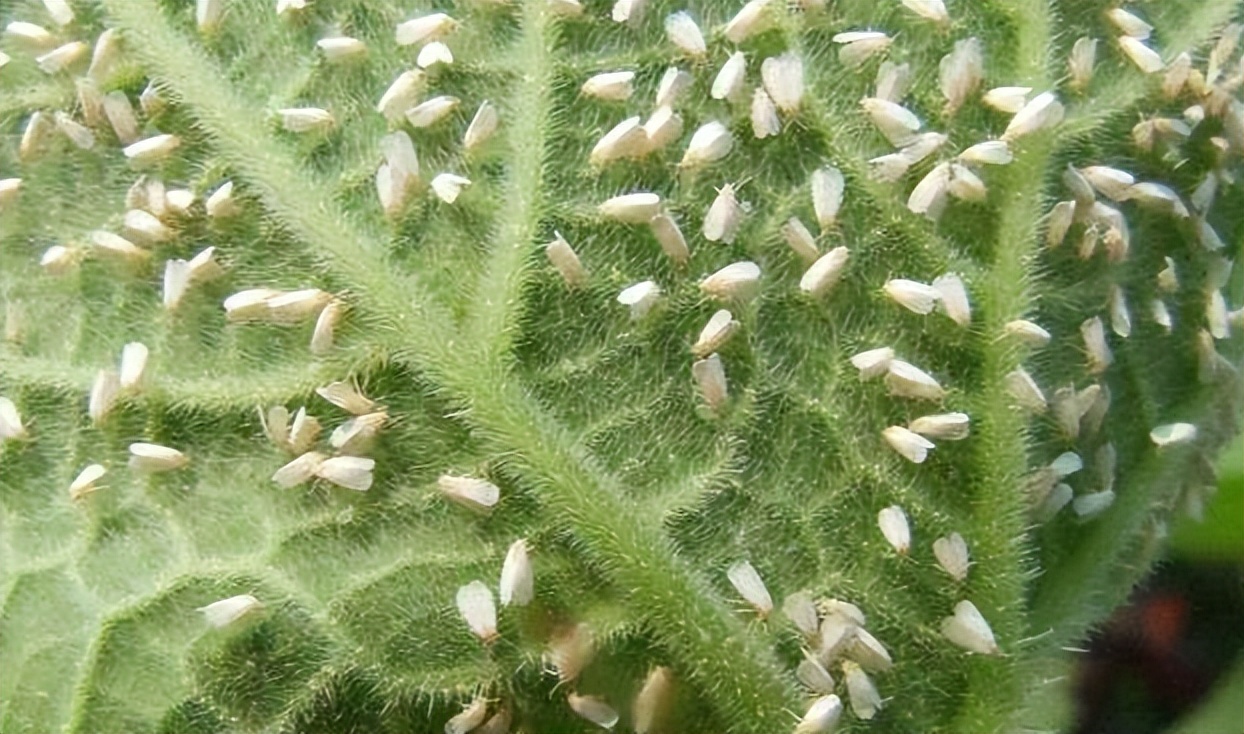
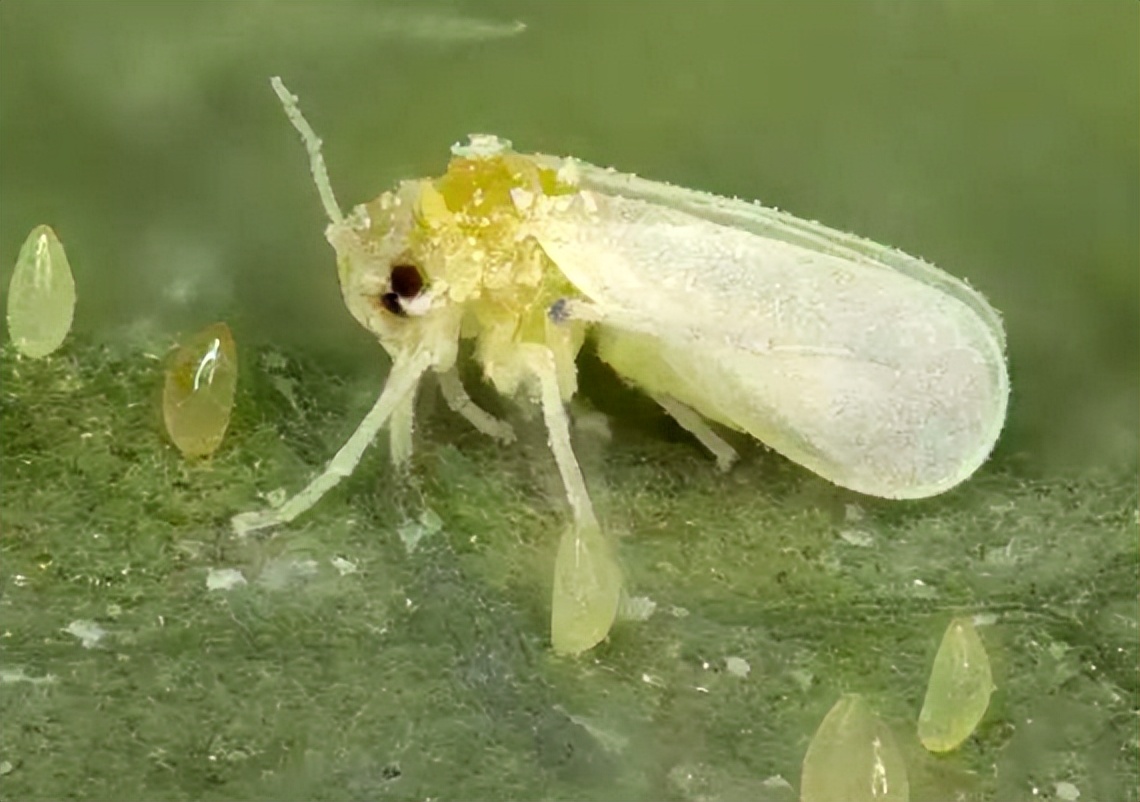
Aphids: cowpea, peppers, small vegetables, cabbage and other vegetables generally occur and the degree is more than the first two years. Skin Shui was checked at 163.6 pepper louvers on July 15th, and 570.8 cowpea paste louver on July 18th; Funing July 12, a small vegetable shutdown, 1527, which was significantly higher than last year.

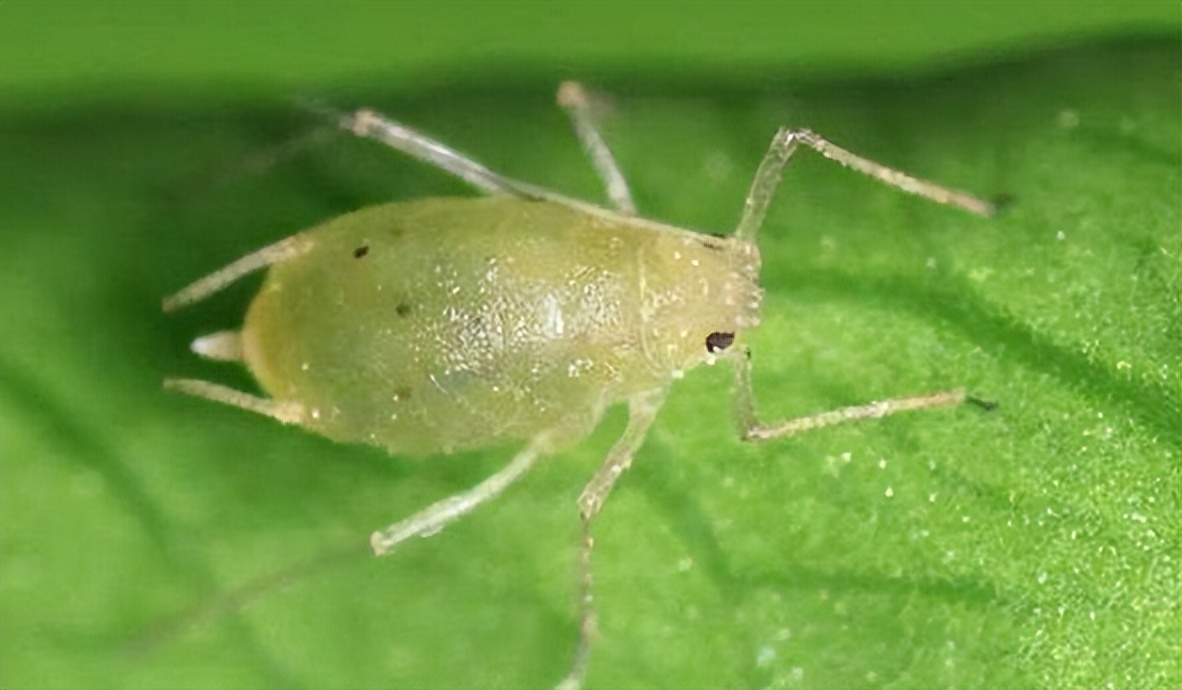
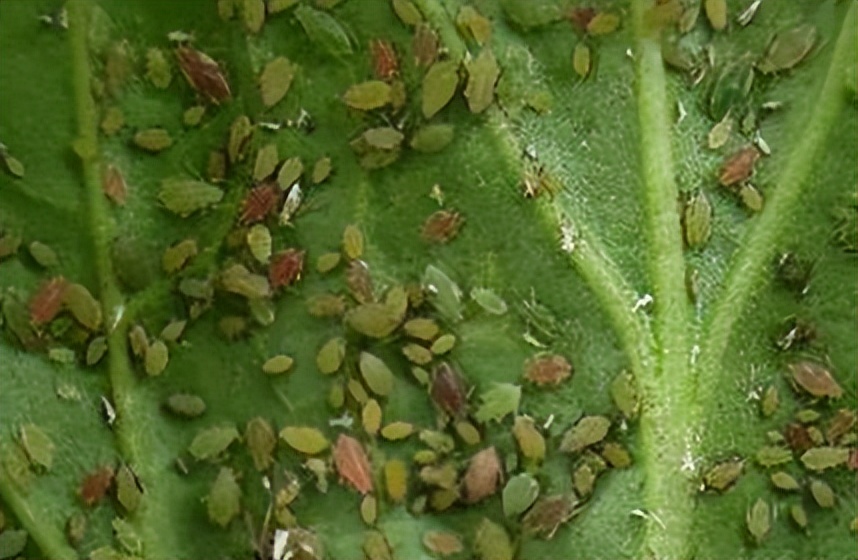
Thrus: Cucumber, asparagus, green onions, leeks, cowpea, and high insects. In mid -July, the survey of the green bean green prevention and control demonstration zone of the slarly water -level bean bean, the pods -cutting period of the beanworm plant rate is 100%, the insect flower rate is 100%, the amount of the crops is 400; 100%, the amount of capillary insects is 275.9; Dongtai July 19-22 was investigated 24 pieces of cowpea. The hormone field rate was 100%, and the amount of capillary was 550; Suzhou jointly surveyed on July 22, and 770 cowpea hundreds of flowers. As the temperature continues to rise, the amount of insects will increase, and the harm will increase.
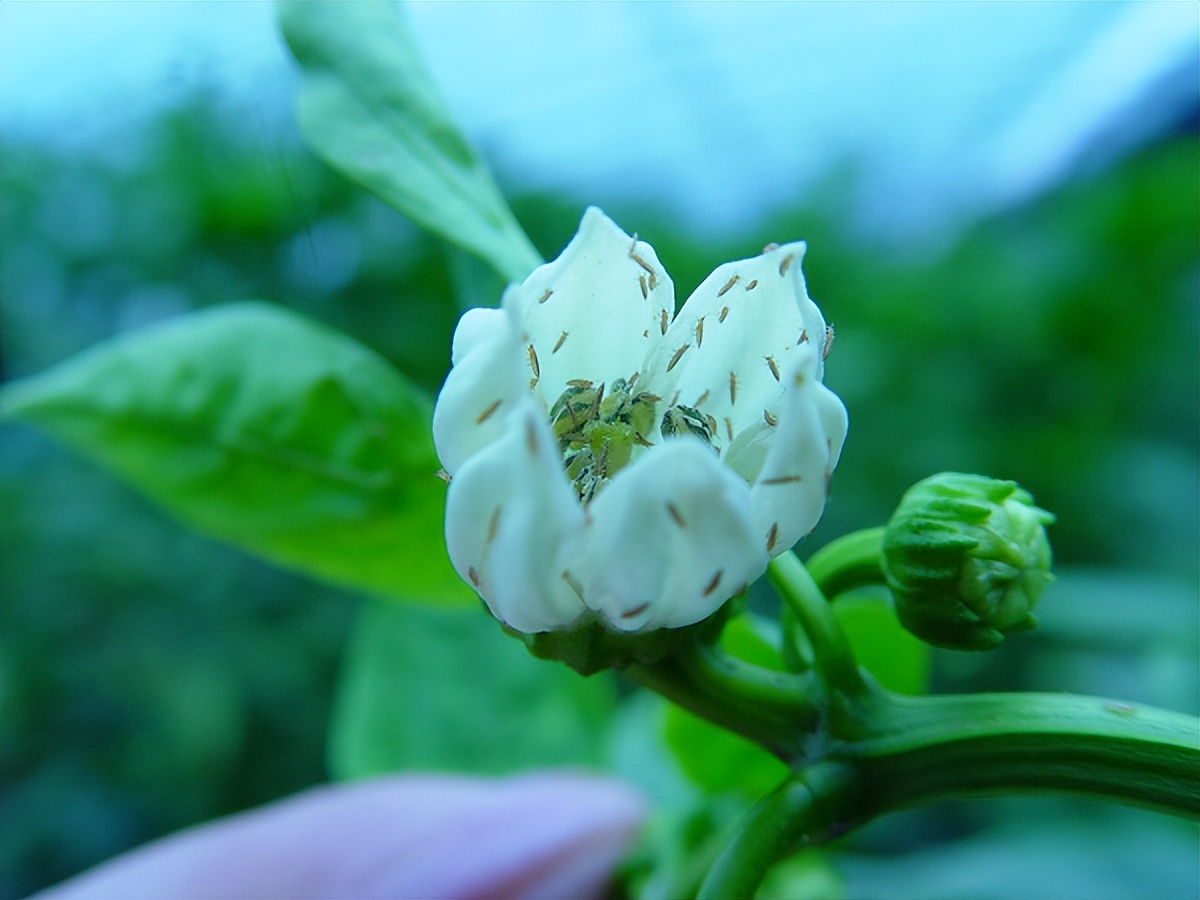
Red Spider: The occurrence and harm generally focus on perennial year. Rugao in late June, the volume of louvers of cowpea reached 350 heads, 950 taro shutters, and 290 eggplant; Tongzhou was checked on July 28. Eggplant has a mite leaf rate of 25%, 150 peel mites, and 12%of the mite leaf rate of late cowpea beans. , Closey 36 heads, 25%of the mite leaf rate of taro, 142.5 louvery mites; Dongtai July 19-22, 32 sheds of green peppers, 11.5%mite ratio, 3.2%mite leaf rate, 12 pieces of vegetable melon, there are, there are, there are, there are, there are, there are, there are, there are. The mite mite rate was 28%, and the mite leaf rate was 17.2%, which was significantly higher than the previous year.

Frost Mildew: Dongtai and Dafeng checked 10 cucumber sheds on July 21, with a disease plant rate of 20.6%, and the diseased leaf rate was 18.2%, which was lighter than the same period last year. It is obviously light than perennial; Fengxian July 19th was 30%of the cucumber's disease, and the disease leaf rate was 25%. It was obviously light than last year, which is equivalent to perennial year.
White powder disease: Shigang Yang July 21, Chacha Gourd Field, an average disease plant rate of 0.9%, average leaf leaf rate of 0.18%; Tongzhou was checked on July 20, the leaf rate of cucumber's disease leaf rate was 12.0%, and the leaf leaf rate of open -air loofah was 9.0 %, The diseased leaves are found in the early stubble, and the diseased leaves are not found in the late stubble cowpea (climbing to the flowering period), which is light Last year and perennial year. %, Obviously lighter than 2018 and 2019, slightly higher than last year and the previous year.
(2) variety layout
At present, the province's vegetables are in a high temperature period, and will soon enter various types of vegetable sowing and seedling.Vegetable varieties and layouts, planting methods and models, and planting areas have not fundamentally changed, especially the small rotation proportion and large stubble area, which is conducive to the occurrence of various diseases and insect pests such as night moth pests, aphids, and frostmo.Small pests such as aphids, smoke, and thrips; expansion of soybeans is conducive to night moth pests, thies, red spiders and other pests.(3) Climate factor
According to the forecast of the Provincial Meteorological Observatory, in August, the rainfall in most parts of the province was close to the same period of the year. The average temperature in most parts of the province was 1-2 degrees higher than the year, and the high temperature days were more than the annual year.In September, the province's precipitation was 0-2 % more than usual, and the average temperature was 1-2 degrees higher than the year.In October, the province's precipitation was 0-20 % less than usual, and the average temperature was 1-2 degrees higher than the year.Generally, there is no climatic condition that is not conducive to pests and insect pests.
- END -
Welcome to the new journey of the 20th End of the Great State | 8 sentences take you to the wonderful moments of the preaching contest

Elephant reporter Zhao Junge/Wen Xiayu/PictureOn July 4th, the theoretical preachi...
Wuchang District "Public Legal Services Camp
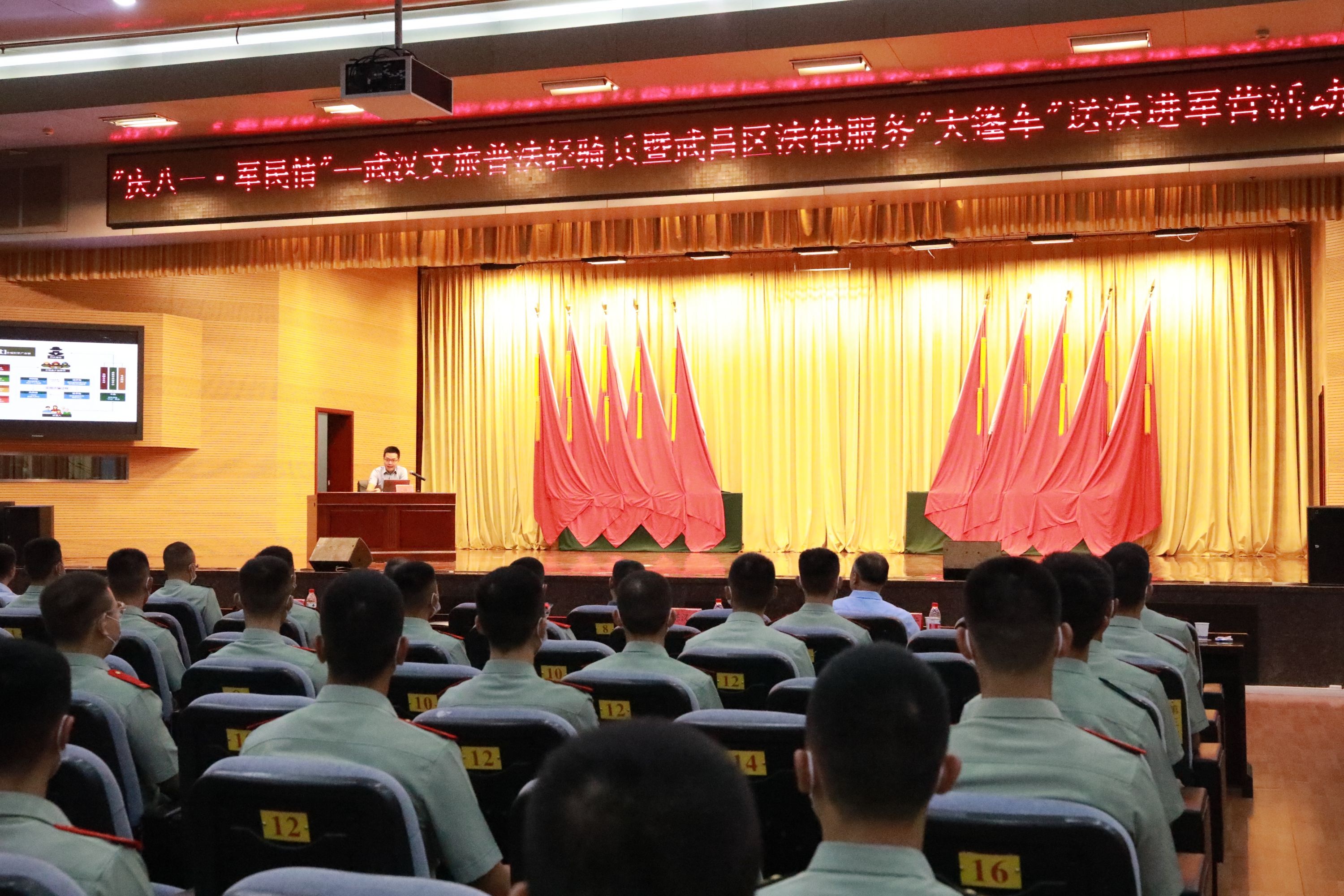
The Yangtze River Daily Da Wuhan Client July 28 (Correspondent Luo Beilei) The Aug...